Results 1,201 to 1,210 of 12096
Thread: Anandtech News
-
11-18-11, 12:20 PM #1201
Anandtech: Samsung Surface SUR40 Available for Preorder
First demoed at CES in 2008, Microsoft's Surface started as an idea for making it easier to interact with information, pictures, video, and other content. Imagine a touchscreen interface developed for a large display and you're just getting started. What makes Surface different from your typical touchscreens is that it integrates a full screen image scanning technology so that the device can "see" whatever you place on it. The result has the potential to radically alter the way people interact with technology, and Microsoft and Samsung have put together a couple of videos that show some of what is possible.
At the core of the technology is the object recognition capabilities, and Samsung is using a new type of touch screen technology that called Sensors in Pixel (SIP). The display basically has an infrared camera behind the LCD that allows it to "see" when objects are placed on the screen. Microsoft's Surface software keeps track of all of the objects on the screen and then passes this information along to the actual Surface applications, so ultimately it's up to the software to determine what to do with the screen interactions. That's obviously the biggest hurdle to clear, as we've seen with other new interactive technologies (e.g. Nintendo Wii, Sony Move, and Xbox Kinect all have varying levels of success depending on the particular app you're using).
It's one thing to demonstrate a closed, limited functionality concept and another entirely to deliver on the product, but Microsoft's Surface is now very close to shipping with the Samsung SUR40. This is definitely not a product for the casual home user, as the entry price is north of $8000, but if it can gain traction in the enterprise sector and developers get behind the platform, long-term Surface's Natural User Interface (NUI) could replace the GUI as we currently know it and pave the way for sci-fi scenes from Minority Report and the like turning into real-world products.
While we can't really say much about how the product will end up being used, we can at least shed some light on the hardware specifications. The SUR40 will be available as either a standalone display or with a tabletop unit with stand (the latter being pictured above). Most of the new technology comes from the display, and the rest is pretty much PC hardware selected for use with the display. Here are the detailed specs.
The CPU and GPU hardware is obviously getting outdated compared to modern desktops, but the hardware has been in development for several years and the software is obviously going to be the bigger factor in whether Surface can succeed. With a customized Windows 7 Embedded OS and the right optimizations, the X2 245e combined with the HD 6750 GPU should be plenty fast--after all, we're looking at roughly 5-10 times more CPU performance compared to current dual-core ARM A9 solutions (based on a quick Sunspider run and a look at MIPS), and rougly two orders of magnitude faster GPU performance. Most of the cost is obviously in the R&D elements, plus the new display technology.Samsung SUR40 Specifications Overview Display 40” FullHD 1080p (1920x1080)
Multi-Touch with >50 point of contact
1:1000 Contrast Ratio
300 cd/m2 Max Brightness
Gorilla GlassCPU AMD Athlon X2 245e (dual-core, 2.9GHz, 2MB L2, 45nm, 45W) GPU AMD Radeon HD 6750 1GB GDDR5 RAM 4GB DDR3 HDD 320GB / 7200RPM A/V Connectivity HDMI In
HDMI Out
Stereo RCA
SPDIF
(2) 3.5mm audio jacksCommunications Gigabit Ethernet
802.11n
BluetoothI/O Ports 4 USB, SD Card Reader Operating System Embedded Windows 7 Professional 63-bit Operating Temp. Max ambient 30C System Management Tools DMFT DASH Support Weight – with stand legs 70.0 kg / 154 lbs. Weight – standalone 39.5 kg / 87 lbs. Pricing $8400 MSRP for display only (Preorder)
$9049 MSRP for display with stand (Preorder)
If you're looking for new ways to make your business stand out, or if you just have a ton of money and want to hang a bunch of multi-touch displays around your home, the Samsun SUR40 is expected to ship to customers in January 2012. I suspect we'll also see some interesting demonstrations at the next CES.
More...
-
11-18-11, 05:10 PM #1202
Anandtech: Motorola Mobility Shareholders Vote to Approve Google Merger
Motorola Mobility shareholders have overwhelmingly approved of a potential merger with Google, the next step in the deal that was first announced in August. Ninety-nine percent of all voting shares gave the green light to the merger, representing 74 percent of Motorola Mobility's total stock.
The deal, which despite Google's assurances could give Mororola handsets a leg-up over the rest of the Android phones on the market, still needs the blessing of regulatory agencies. However, unlike the potential AT&T and T-Mobile merger, the conventional wisdom is that there are enough healthy competitors for both Google's Android (iOS, WIndows Phone) and Motorola's hardware (HTC, Samsung, Nokia, etc.) that the deal won't have much trouble getting the approval of the SEC and other bodies (though this is not, of course, guaranteed).
Business risks identified in Motorola's official press release include the uncertain "closing date of the transaction," the ability of Google and Motorola to close the deal (though with 99 percent approval from Motorola's end, I doubt this will be an issue), and the approval of regulatory agencies. We'll keep tabs on this situation as it progresses.
Source: Motorola
More...
-
11-18-11, 10:50 PM #1203
Anandtech: Galaxy Nexus & Ice Cream Sandwich: Initial Performance Analysis
The road to Google's Galaxy Nexus and Android 4.0 (Ice Cream Sandwich) is finally nearing its destination. As of yesterday, the Samsung made Galaxy Nexus went on sale in the UK. Its arrival in the US on Verizon is imminent, but it'll still be another couple of weeks before we can get our hands on a CDMA/LTE sample.
The Galaxy Nexus hardware platform isn't a significant departure from what we've already seen on Android. TI was chosen as the launch silicon partner with its OMAP 4460. The SoC takes a pair of Cortex A9 CPUs running at 1.2GHz and gives them a dual-channel LPDDR2 memory interface to talk to. The GPU is Imagination Technologies' PowerVR SGX 540. The CPU side of things is comparable to Apple's A5, although the cores are clocked noticeably higher than the 800MHz we saw in the iPhone 4S. Until Tegra 3 and Krait show up, the CPU side of the 4460 is as good as it gets.
The real advantage the Galaxy Nexus has is on the software side. All of the goodness of Honeycomb makes its way to a handset along with even further optimization work. One of the early Galaxy Nexus owners ran the usual browser benchmarks on his phone and shared the results with us. Google has obviously done a lot of browser optimization in ICS as performance is now better than even Honeycomb:
The GPU in the Galaxy Nexus isn't bad by any means - the SGX 540 is competent, but it is outgunned by ARM's Mali 400 (Samsung Exynos 4210) and the SGX 543MP2 (Apple A5). As I mentioned earlier, the Galaxy Nexus wasn't about putting the fastest hardware in a phone but rather providing a stable vehicle for Ice Cream Sandwich. Results for the Galaxy Nexus have been in the GLBenchmark database for a while and show an overall improvement over previous SGX 540 implementations (the GPU clock in the 4460 is higher than in the 4430):
Performance is pretty much as expected in both areas: Google really pushed the performance of its software further with Ice Cream Sandwich, while GPU performance is limited by the SGX 540. The good news is that there's more than enough hardware at ICS' disposal to deliver a smooth experience. We'll be able to quantify that once we get our hands on a device.Source: GLBenchmark, @SigThief
More...
-
11-19-11, 02:40 PM #1204
Anandtech: AMD Releases Catalyst 11.11 Drivers
AMD yesterday released its 11.11 Catalyst driver package, not three weeks after last month's 11.10 release. As usual, supported operating systems include 32-bit and 64-bit Windows 7, Windows Vista desktops and laptops and Windows XP desktops.
The new drivers fully support Adobe Flash Player 11's Stage 3D API and Stage 3D Applications, and add support for the full line-up of Radeon HD GPUs and A and E-series APUs. Issues have been resolved in Windows 7 with Rage, Far Cry 2, Homefront, and DC Universe Online, though issues still remain for Crossfire users with particular configurations and in particular games (Battlefield 3 and Skyrim among them). The Catalyst Creator Twitter account says that Catalyst Application Profiles with fixes will arrive soon.
The drivers, CAPs, and release notes can all be downloaded from AMD's web site.
Source: AMD
More...
-
-
11-20-11, 09:40 AM #1206
Anandtech: 2011 Media Streamer Roundup : Netgear NTV550, A.C.Ryan PlayOn!HD2 and the
In the last year or so, three major SoC manufacturers vied for market share in the media streamer market. While Intel's CE41xx took the high end path with design wins in the Logitech Revue and Boxee Box, Sigma Designs and Realtek continued to retain design wins with their existing customers. Sigma's customers used SMP 8642/8643/8655 while Realtek customers migrated from RTD 1073 / RTD 1283 to RTD 1185. We have had media streamers based on these SoCs in-house for quite some time now. Almost all of them have been touched upon in one piece or the other. However, a comprehensive comparison piece was never published.
Read on for our comprehensive comparison of the Boxee Box (Intel CE4100), the A.C.Ryan PlayOn!HD2 (Realtek 1185) and the Netgear NTV550 (SMP 8642).
More...
-
11-21-11, 01:40 AM #1207
Anandtech: Intel to Add TRIM Support for RAID 0
Intel's release notes for Rapid Storage Technology (RST) 11.5 Alpha version reveal that they have plans to add TRIM support for RAID 0 arrays in the next version of RST. Windows 7 and Intel's RST have supported TRIM for quite a while, but the support has always excluded RAID 0 arrays. We don't know when the RST version with TRIM will arrive but given that the Alpha version dates back to August 5th, a newer version with TRIM should be expected sooner than later.
The benefits of TRIM are obvious because the write performance of an SSD will degrade in the long run without TRIM (or good garbage collection). Here is a quick brief on what TRIM is and what does it do. TRIM is a simple command that allows the OS to inform the SSD controller what files are no longer in use (i.e. have been deleted). NAND flash doesn't allow individual pages to be erased; only a block can be erased. This causes problems because without TRIM, the OS just marks the deleted files as empty space, meaning that the actual data is not erased from the drive. When you run out of free blocks, you first have to read the whole block to cache before you can erase and then re-write the block. That means instead of a simple write, the SSD has to do a read, and erase, and then a write, which is why the write speed in degraded mode is much slower. For more detailed explanation on TRIM, take a look at our The SSD Anthology article.
For users who run SSDs in RAID 0, this is great news. While RAID 0 always introduces reliability concerns, the lack of TRIM is another obstacle for many. High capacity SSDs still cost a hefty premium, and putting two smaller SSDs in RAID 0 can save you a few bucks, plus you get increased read and write speeds.
Source: Intel via StorageReview
More...
-
11-21-11, 01:10 PM #1208
Anandtech: Seagate Awarded $525 million in Arbitration with Western Digital
Western Digital announced today in a press release that the arbitrator for a Seagate vs. Western Digital complaint sided with Seagate and ordered an award of $525 million paid to Seagate. The arbitration was initiated when Seagate alleged misappropriation of confidential information and trade secrets by Western Digital once a Seagate employee defected to Western Digital.
CEO John Coyne intends on challenging this award, stating that WD believes “the company acted properly at all times” and adding that the ruling “does not affect our ability to conduct our operations, to complete the recovery and recommencement of our Thailand operations”.
Along with most other hard drive manufacturers such as Toshiba, Hitachi, and of course Seagate, Western Digital is suffering losses after major flooding recently struck Thailand operations. DigiTimes reported that Seagate anticipates a 10-18% reduction in hard drive output as a result of the flooding, with other manufacturers surely similarly affected, resulting in a hard drive shortage for the coming months.
More...
-
11-21-11, 01:50 PM #1209
Anandtech: Understanding Wireless Storage: Kingston Wi-Drive and Seagate GoFlex Satel
Let me pose a hypothetical situation: say you bought an iPhone or iPad, but cheaped out and got a 16GB model. You’ve got around 10GB worth of music, a few gigs in photos and applications, and you lose the rest to formatting and the OS itself. Basically, you’re maxed on capacity. Day-to-day, this isn’t a huge issue, but let’s say you’re going on vacation and want to have some movies to watch so that you can avoid the customary in-flight chick flick [or replace with whatever type of movies you dislike]. HD movies aren’t storage friendly, they take a solid chunk of storage space, and you don’t want gut your portable music library for the sake of watching a couple of decent movies on the plane. So what do you do?
Fret not, there is now a solution to that dilemma by way of Kingston and Seagate, among others. Both have recently launched wireless storage devices, streaming your media files to your mobile device via WiFi. Now, both of these are non-ideal solutions to a relatively marginal problem, but that’s to be expected in any newly conceived market. With the shift to cloud-based data and media streaming for mobile devices, there is going to be a gradual de-emphasizing of local device storage. We’re already seeing that in a big way with Google’s Cloud OS and Apple’s iCloud service, so wireless storage technologies are going to play an important role in handling media streaming for the future. The two devices we’re looking at today are pricey and aren’t perfect by any means, but they point the way to what the future of local media storage might look like. Interested? Keep reading to find out more.
More...
-
11-21-11, 04:00 PM #1210
Anandtech: Affordable Chromebooks for the Holidays
We received two press releases this morning relating to Chromebooks, one from Acer and one from Samsung. Starting with Acer, they have announced a $50 price drop on their AC700 Chromebook, bringing the price to $299 for the standard model or $399 for the Verizon 3G model (note that the latter is apparently out of stock right now). The Acer AC700 sports a standard Atom N570 CPU (dual-core, 1.66GHz, with Hyper-Threading), an 11.6" LCD, 2GB DDR3 RAM, and a 16GB SSD. It weighs in at just over three pounds and has a suggested battery life of six hours.
Gallery: Affordable Chromebooks for the Holidays




In a similar vein, Samsung has recently updated their Series 5 Chromebook with a new offering at a lower price point. The Series 5 XE500C21 comes with a 12.1" SuperBright display, with the remaining features echoing what Acer offers: 2GB RAM, 16GB SSD, and an N270 CPU. Samsung equips the Series 5 with a 6-cell battery and rates the battery life at up to 8.5 hours. Pricing on the WiFi-only model starts at $349, while the 3G-equipped models will go for $449. The Series 5 is available in white, silver, or black.
Gallery: Samsung Series 5 Chromebook





We looked at the initial Chromebook and Chrome OS reference platform late last year, but we haven't actually had any hands-on time with a shipping Chromebook (yet). The core idea behind Chromebook is that the proliferation of smartphones and tablets has opened people up to using new types of devices and changing operating systems, and it should be far more secure as the applications come through Google's app store.
We're trying to get some Chromebooks in for testing now that hardware is available at retail. We're basically looking at netbook-type hardware, except with a small 16GB SSD standard and with a different OS. We've complained about netbook performance in the past, but running a full copy of Windows (or Linux) is quite different from running an optimized-for-the-hardware version of Chrome OS. Pricing is similar to what you'd pay for netbooks as well, but the designs at least appear to be a bit more elegant than most Windows netbooks.
More...
Thread Information
Users Browsing this Thread
There are currently 11 users browsing this thread. (0 members and 11 guests)






 Quote
Quote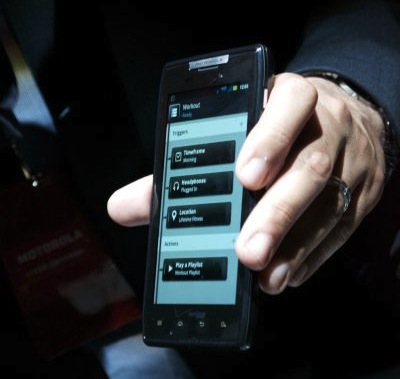
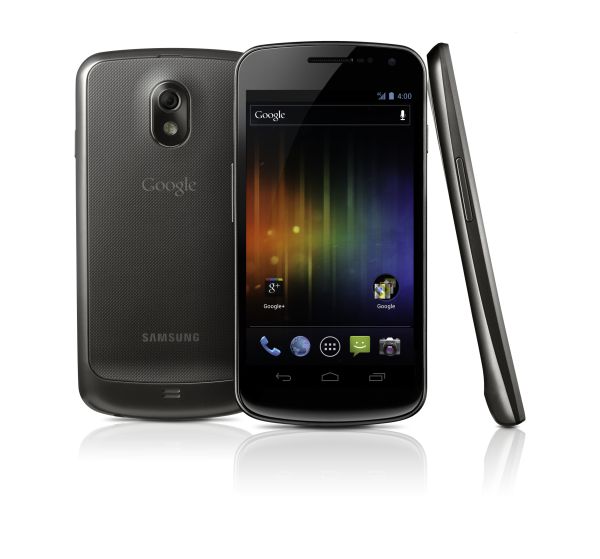
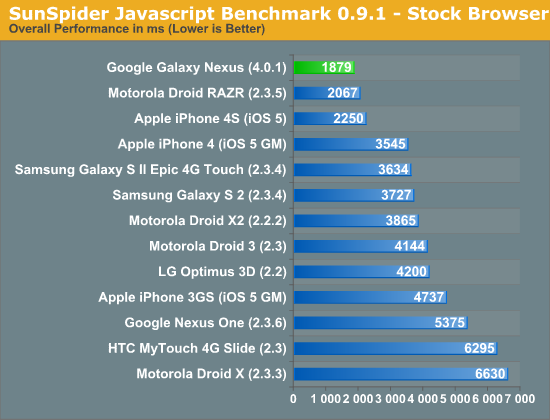
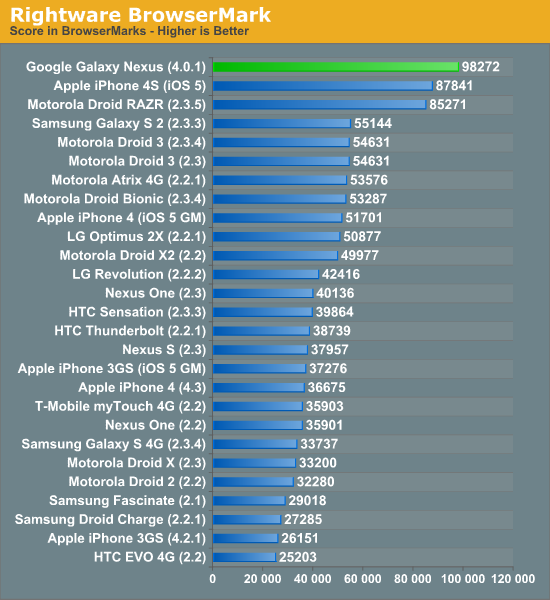
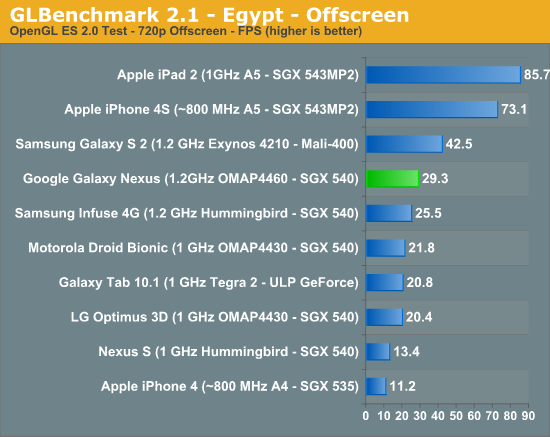




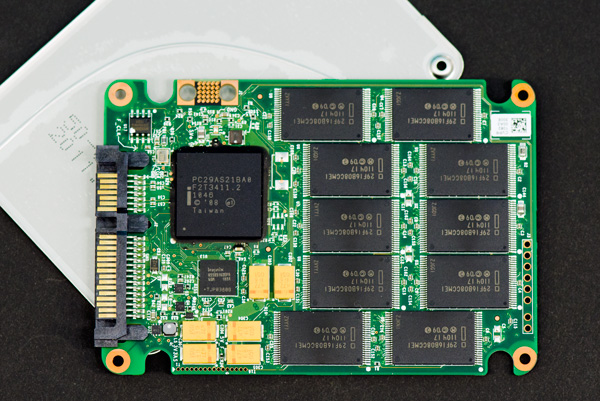


















Bookmarks